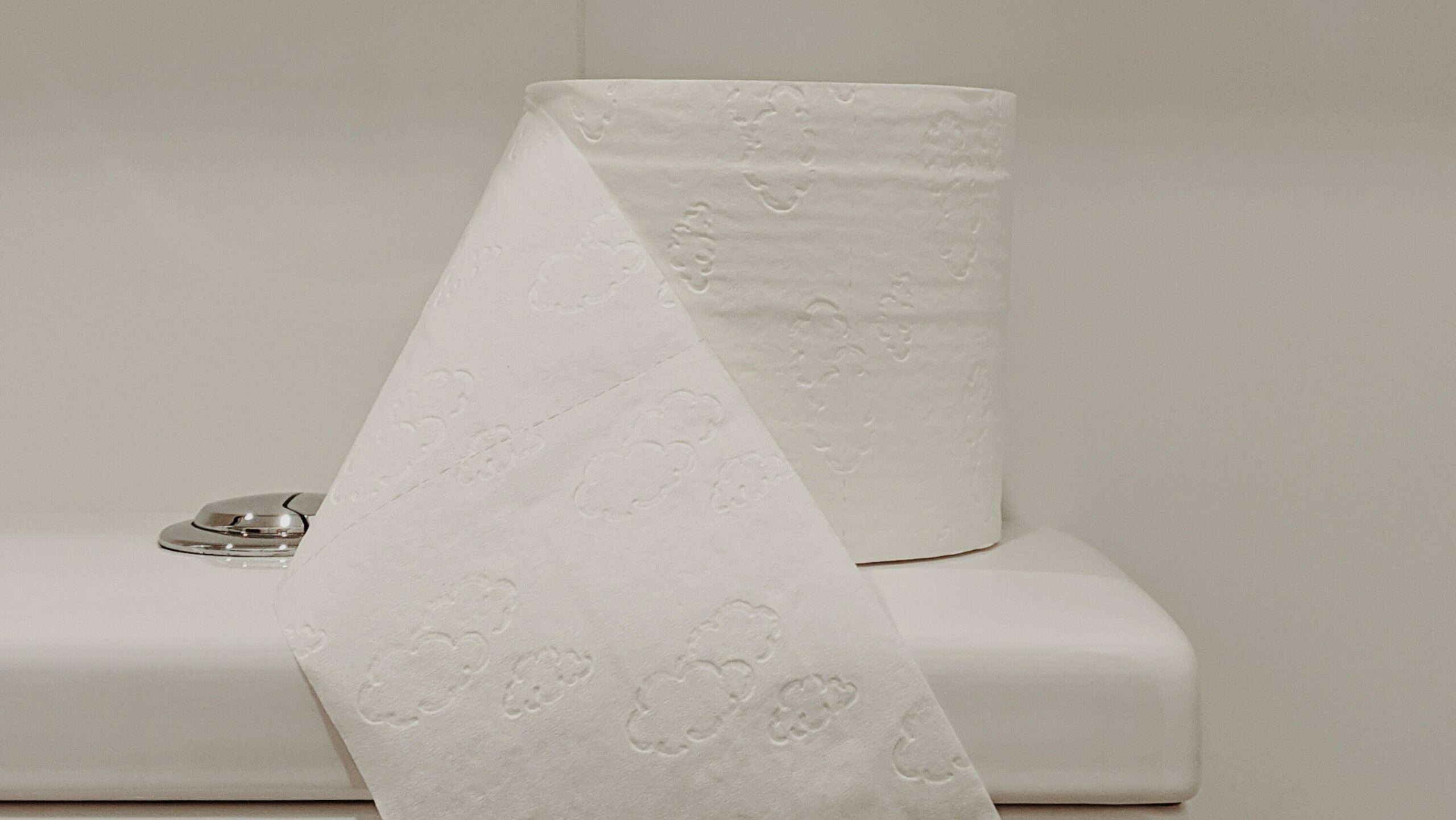
by Dr Sophie Genoni of Femma

Urinary tract infections (UTIs) are common in women. In fact, 30% of women will experience a UTI in their lifetime, with 20% of women having more than one UTI. Most of the time, UTIs are uncomplicated and easily treated, however UTIs are also a common cause of hospitalisation.
It is caused by bacteria ascending up the urethra and multiplying, causing inflammation of the urinary tract, bladder or kidneys. The bacteria that causes a UTI is usually a woman’s normal flora – this is the bacteria that naturally lives on the vulval, anal and perineal area.
Common UTI symptoms include:
Painful, burning urination
The need to urinate more frequently
Bloody or cloudy urine
Pain in the pelvic area or flanks
Fever
Nausea
“Despite being common. there are some easy ways for women to prevent the likelihood of getting a UTI. “
Dr SOPHIE GENONI
Postcoital Voiding
Having sex can lead to a UTI by pushing bacteria into the urethra, and many women notice their UTIs often occur in the days after having sex. Emptying the bladder after having sex helps to flush the bacteria out of the urethra.
Increased water intake
This also helps to ensure bacteria is flushed out of the urethra. There is some evidence that women with inadequate fluid intake (less than1.5L per day) may reduce their risk of UTI by increasing their water intake. Women with conditions that require them to have a fluid intake restriction should not increase their water intake without speaking to their GP.
Vaginal oestrogen
Post-menopausal women with atrophic vaginitis (dry vagina due to low oestrogen levels), may reduce their chance of getting a UTI by using topical vaginal oestrogen products such as creams or pessaries. These help to improve the urethral tissues which reduce bacterial entry, as well as having beneficial effects on the vaginal flora (the natural balance of bacteria in the vagina). These products are not available over-the-counter. Consult with your GP.
Wipe front to back
Bacteria such as E coli are a common cause of UTI, and occur in the perineal and anal area. Wiping from the back to front can cause this bacteria to enter the urinary system, so it is best for all women wipe from the front to the back.
Avoid spermicides
Spermicide products and lubricants containing spermicides have been shown to increase the chance of women having a UTI. It is recommended that women avoid these products to reduce their chance of getting a UTI. If you are using spermicides as a form of contraception, you may wish to chat to your GP about other suitable contraceptive options.
Avoid constipation
Constipation is a risk factor for UTIs because it can affect the normal emptying of the bladder. When urine sits in the bladder longer than necessary, it creates the perfect breeding ground for a UTI to take hold. Constipation can be prevented and treated by ensuring adequate fibre and water intake, as well as general movement and physical activity. Women with new or chronic constipation should see their GP to ensure there is not an underlying cause.
There is currently no good evidence that cranberry products, vitamin C or probiotics reduce the chance of having a UTI. Women with recurrent UTIs (more than 3 in 12 months) should see their GP for further assessment in case there is an underlying cause. Some women with recurrent UTIs may require prophylactic antibiotics to prevent UTIs from occurring.
References
Australian Commission on Safety and Quality in Healthcare. 2022. Kidney infections and urinary tract infections (Accessed: https://www.safetyandquality.gov.au/our-work/healthcare-variation/fourth-atlas-2021/chronic-dise ase-and-infection-potentially-preventable-hospitalisations/24-kidney-infections-and-urinary-tract infections)
Australian Medicines Handbook. 2022. Drug choice for selection infections: Urinary infections (Accessed: https://amhonline.amh.net.au/chapters/anti-infectives/tables/urinary-infections-table)
eTherapeutic Guidelines. 2019. Prevention of recurrent UTI in non-pregnant women (Accessed: https://tgldcdp.tg.org.au/viewTopic?topicfile=recurrent-urinary-tract-infection-adults#toc_d1e73)
Health Direct. 2020. Urinary tract infection (UTI) (Accessed: https://www.healthdirect.gov.au/urinary-tract-infection-uti)
Jarvis, Thomas R et al. 2014. Assessment and management of lower urinary tract infection in adults. Australian Prescriber (2014) 37:7-9 (Accessed: https://www.nps.org.au/australian-prescriber/articles/assessment-and-management-of-lower-uri nary-tract-infection-in-adults) Selby, Warwick & Corte, Crispin. 2010. Managing constipation in adults. Australian Prescriber (2010) 33:116-9 (Accessed: https://www.nps.org.au/australian-prescriber/articles/managing-constipation-in-adults)